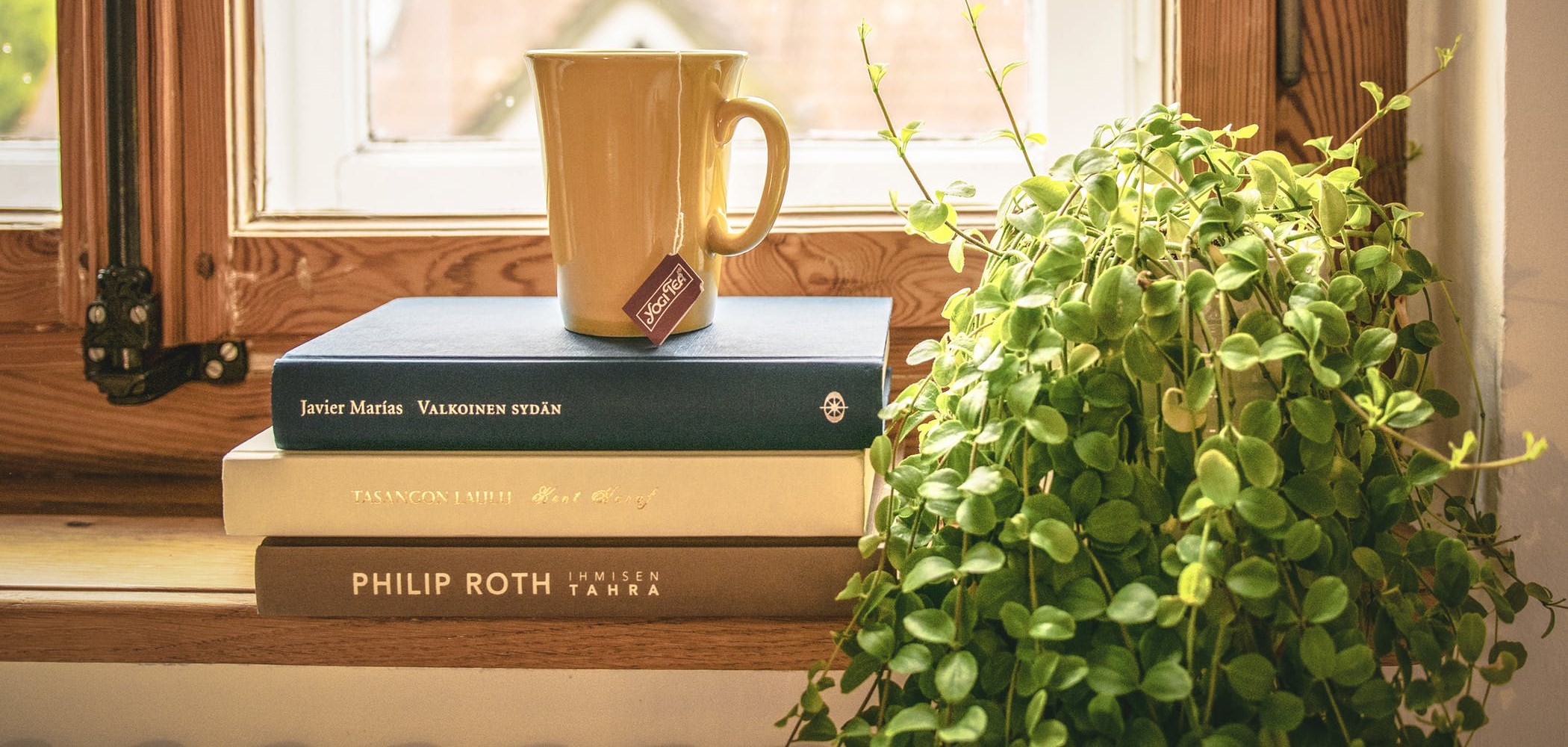Seven Tips for a Zero-Waste Garden this Spring
20 March marks the first day of Spring 2022 and what better way to celebrate than getting out in the garden? You might think of gardening as a great low-waste activity, but garden waste actually makes up more than 17% of household recycling in the UK (Recycle Now)!
Whilst most of this waste will break down, garden waste collections still require energy and resources. Plus, waste from the garden includes more than just grass cuttings, twigs and old flowers; just think about the plastic pots and old hand tools that end up in the bin, too!
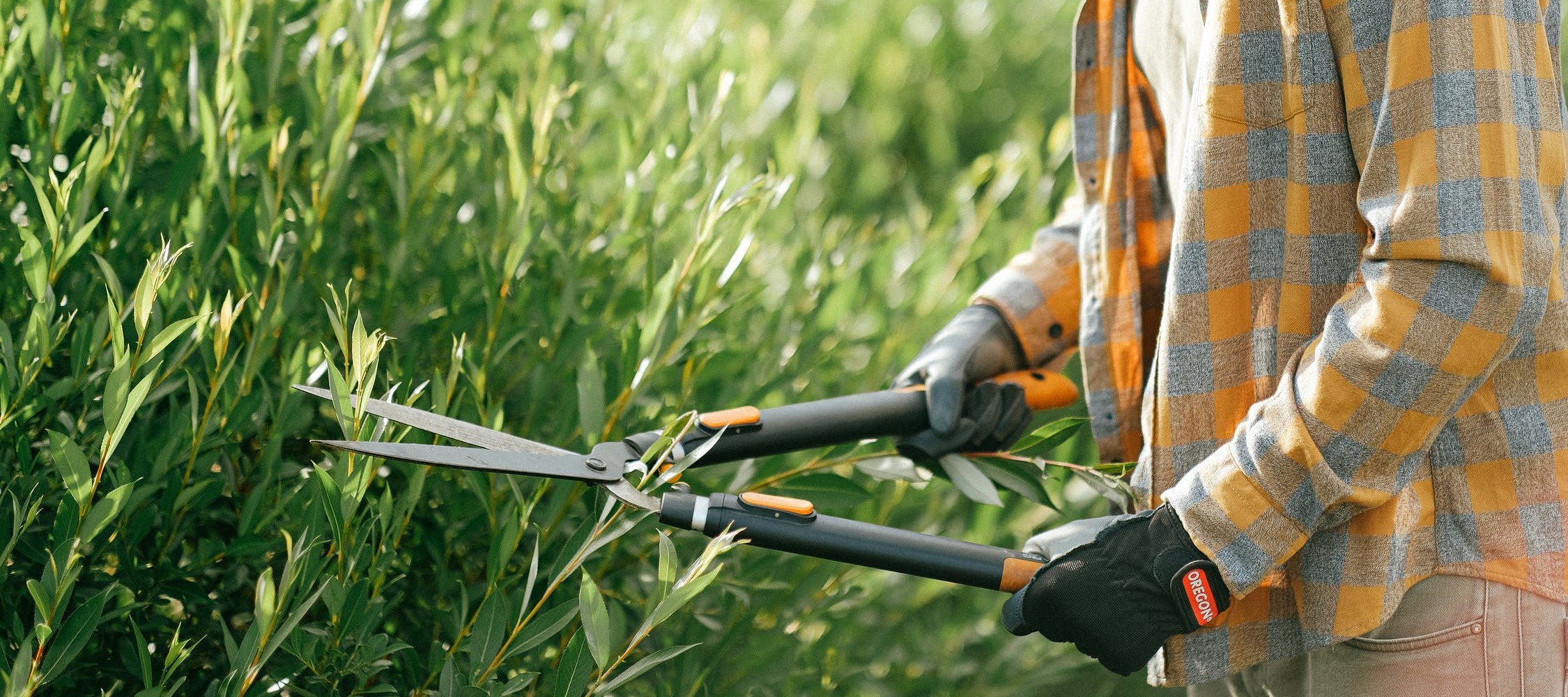
So, if you’re keen to transform your outdoor space this Spring, be sure to follow these seven easy steps to a zero-waste garden.
1. Ditch plastic pots
Plastic garden pots and trays aren’t very durable; they often break, snap and end up polluting your soil. Once they’ve reached the end of their life, it can be very difficult to recycle plastic garden pots. In fact, nearly three quarters of local authorities won’t accept these in kerbside collections (Resource Co) and garden centres don’t typically offer take-back schemes.
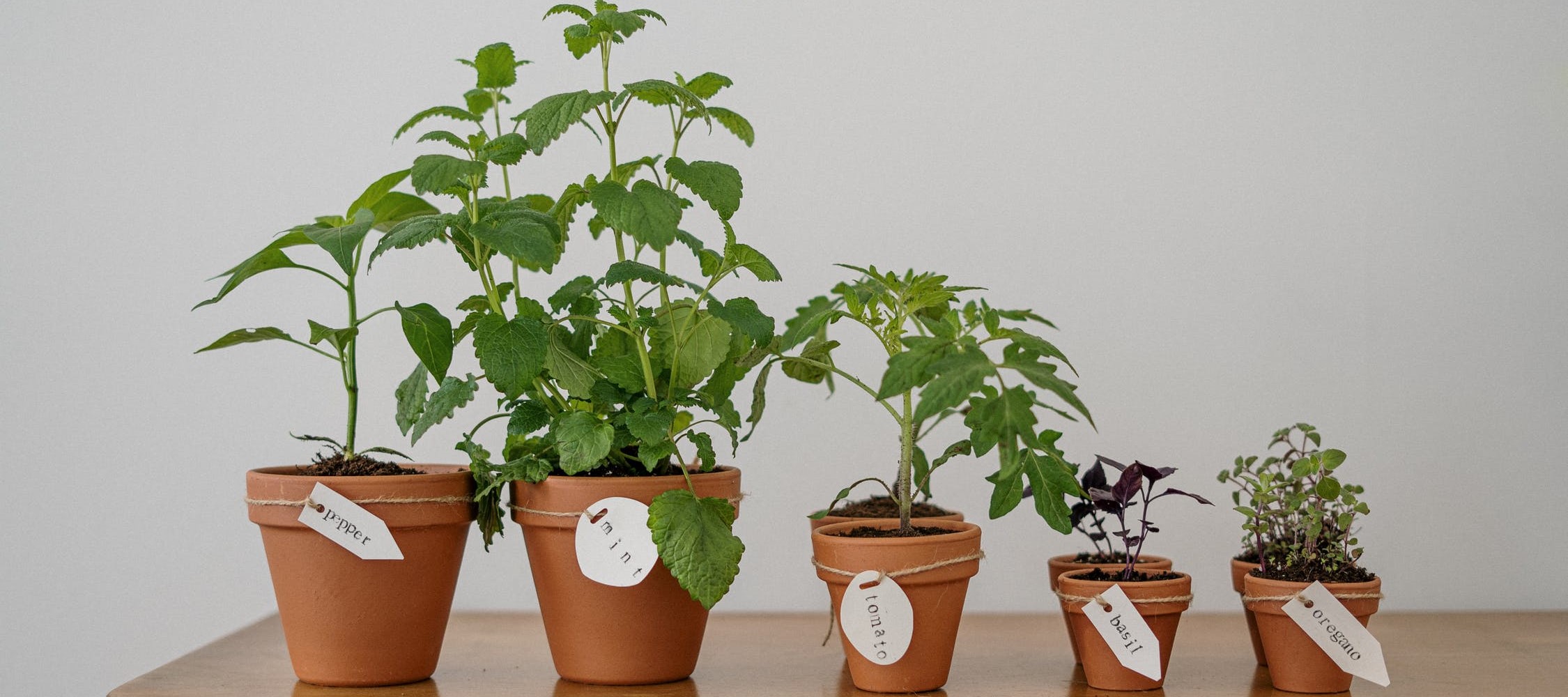
If you must use plastic, be sure to reuse the pots as many times as possible. Alternatively, you could reuse a yoghurt pot or another container to avoid producing new plastic. It’s best, however, to stick to more durable materials, like terracotta, or use biodegradable pots that you can throw on your home compost bin.
2. Use waste in the garden
Forget your food caddy; you can use lots of kitchen waste in the garden! Egg shells, for example, can be crushed and placed straight into the soil. The shells will decompose over time and add nutrients to the plants.
Coffee grounds can also be added to pots and beds to provide nitrogen. Be sure not to pile grounds too high, as they can prevent moisture from reaching the soil.
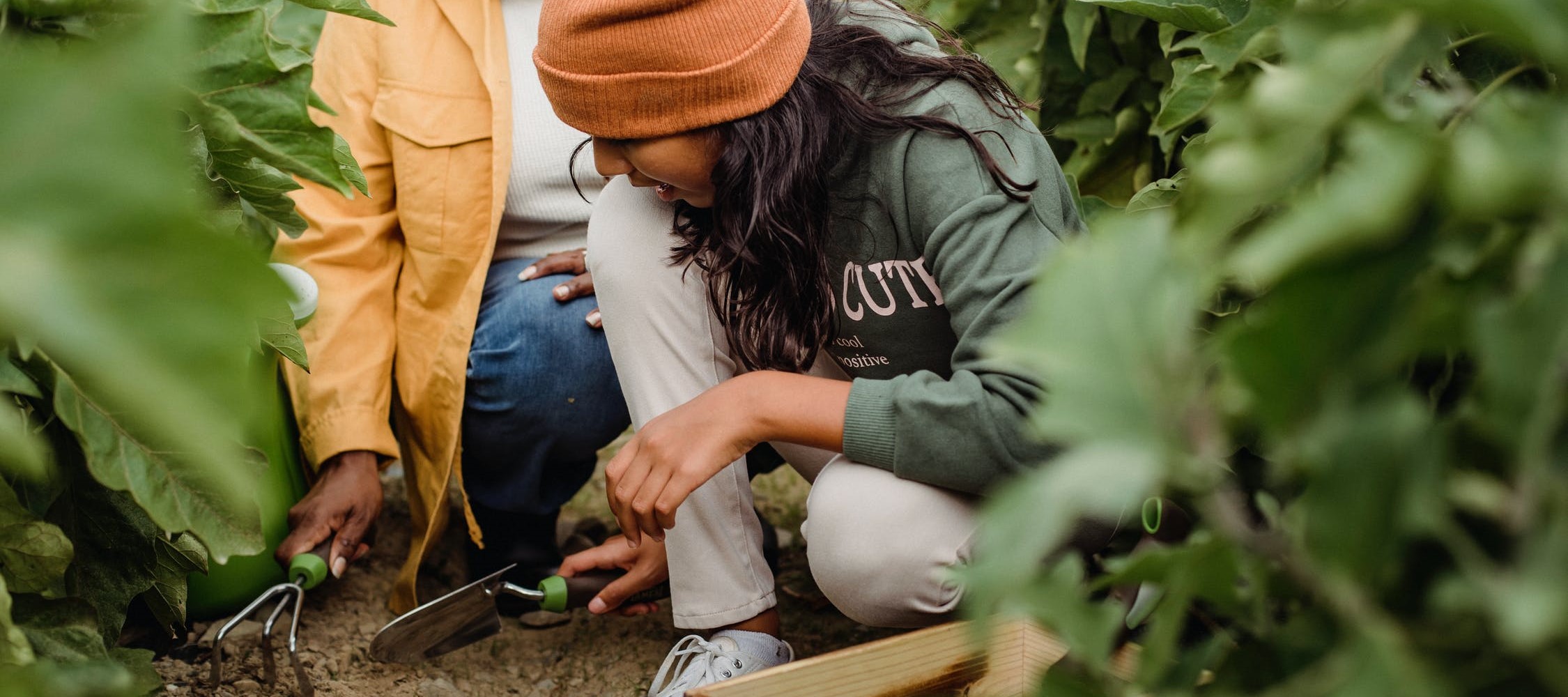
3. Maintain your tools and equipment
From shovels and kneeling pads to watering cans and spades, avid gardeners will no doubt have a large collection of tools and equipment in their sheds. Many of these items are made from a combination of materials — such as plastic and metal — making them almost impossible to recycle. It’s important, therefore, to look after your gardening tools to ensure they last as long as possible.
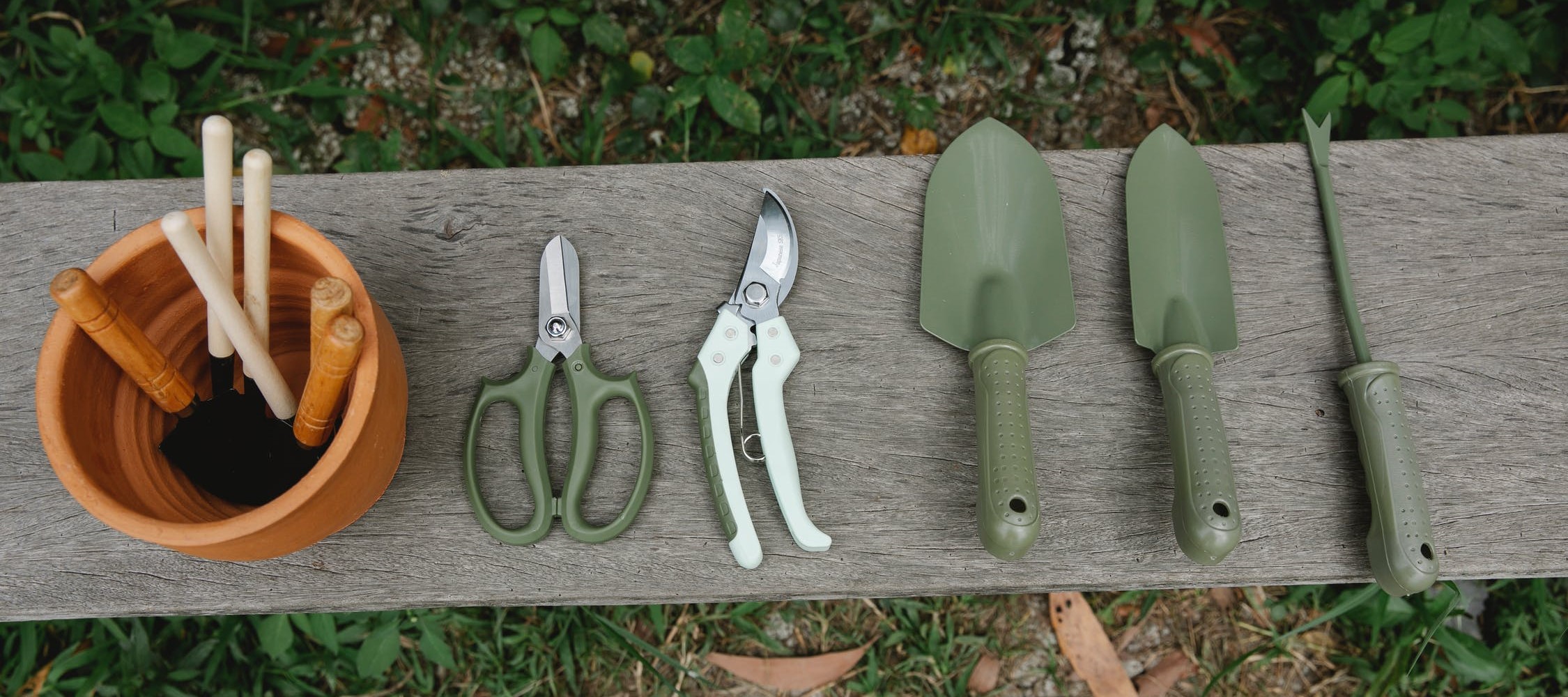
Be sure to store metal equipment in a dry place to avoid any rust and keep textiles — such as gloves — out of the light to avoid sun damage. If you must buy something new, try to purchase good-quality gardening tools that will last years and years. Alternatively, check Freegle, Facebook Marketplace and community groups for second-hand tools, or browse your local Library of Things to borrow and share equipment.
4. Compost
From vegetable scraps and grass cuttings to shredded paper and pet hair, a compost bin is a great way to turn waste into a useful material for your garden. Check out our tips for a successful compost heap to get you started and quickly watch your waste transform into soil improver!
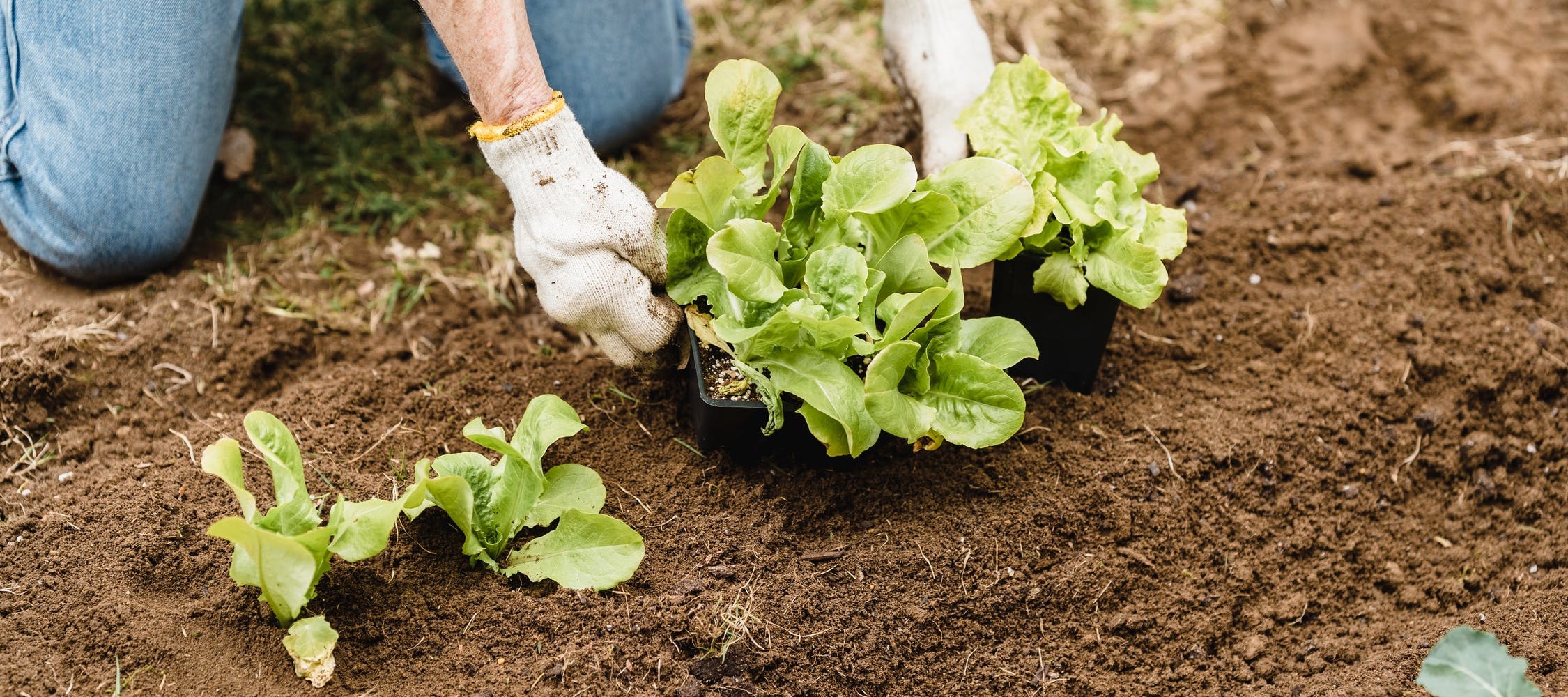
5. Reuse and repurpose
If you’re into arts and crafts, there are tons of ways to upcycle old items in the garden. Why not turn old pallets into a herb planter or repurpose a ladder as a trellis?
You don’t need to be incredibly creative to upcycle in the garden; you could do something as simple as placing a tealight in an old jam jar, using yoghurt pots to grow seeds, or turning a hot water bottle into a kneeling pad.
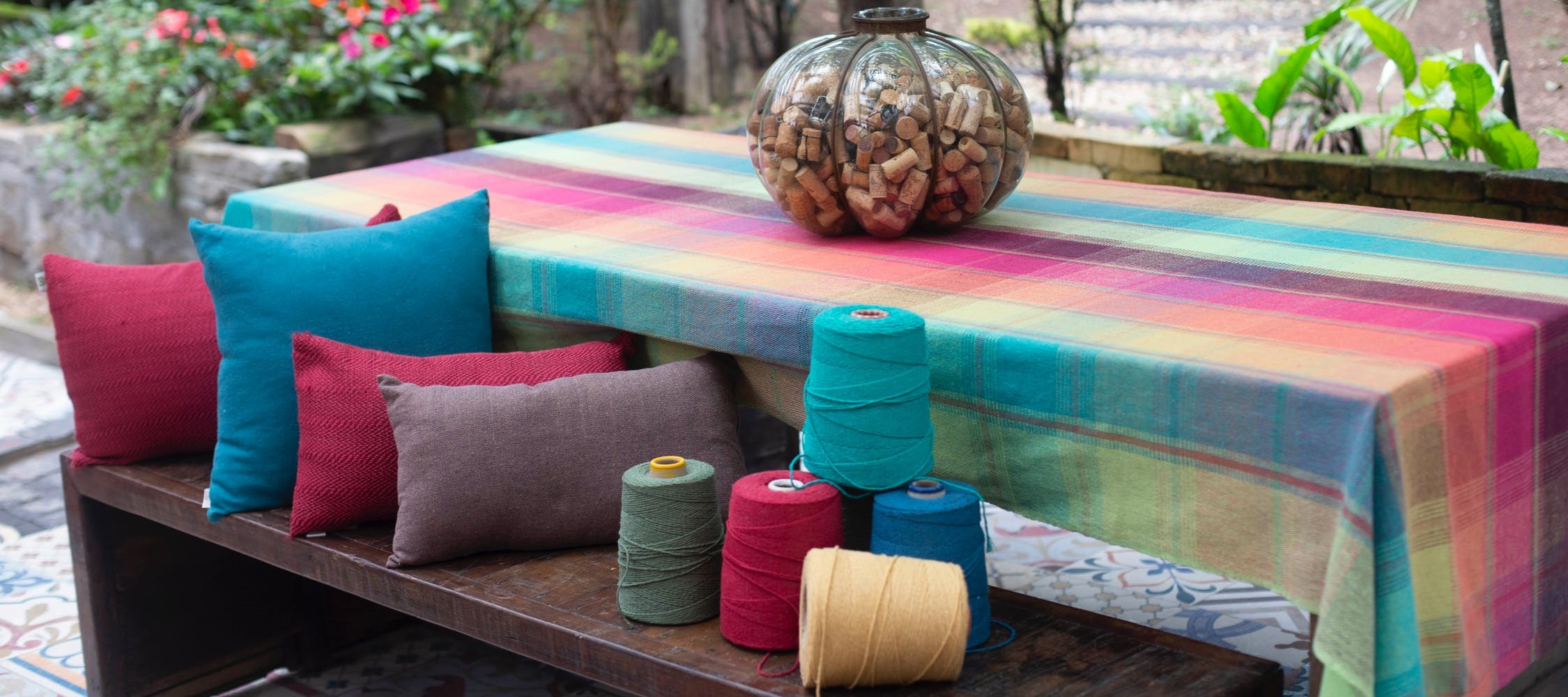
6. Watch for food waste
Growing your own fruit and vegetables is a great way to save money, eat locally and seasonally and enjoy time outside. It can be challenging, however, to ensure produce doesn’t end up in the bin, especially if you have a particularly successful crop.
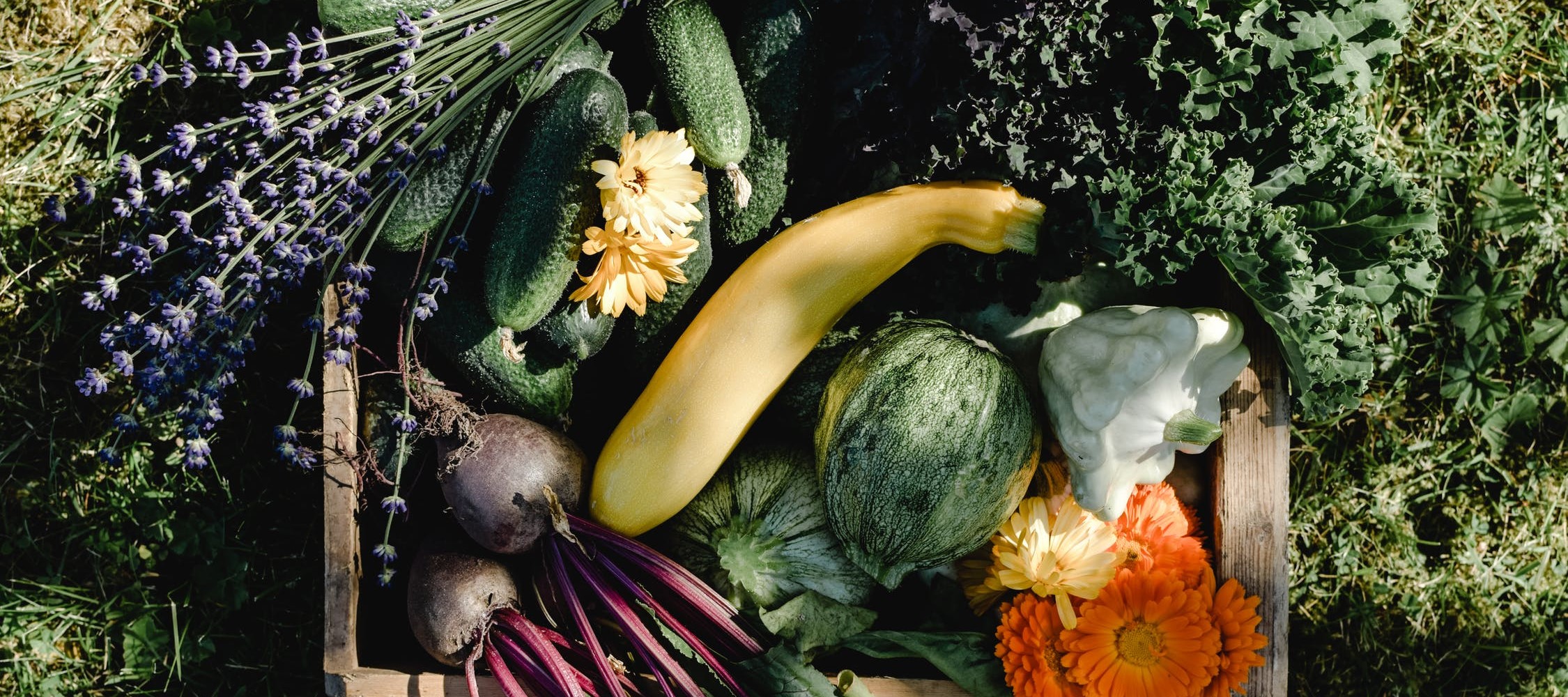
Remember to draw up a simple calendar to keep on top of your harvest and ensure you aren’t producing too much at once. If you do end up with lots of fruit and vegetables, try to develop recipes to use them up, or freeze produce wherever possible. They can also make thoughtful, low-waste gifts for others.
If you can’t get through all your homegrown produce, why not establish a community sharing group with fellow gardeners? That way, you can still try different fruit and vegetables without worrying about waste.
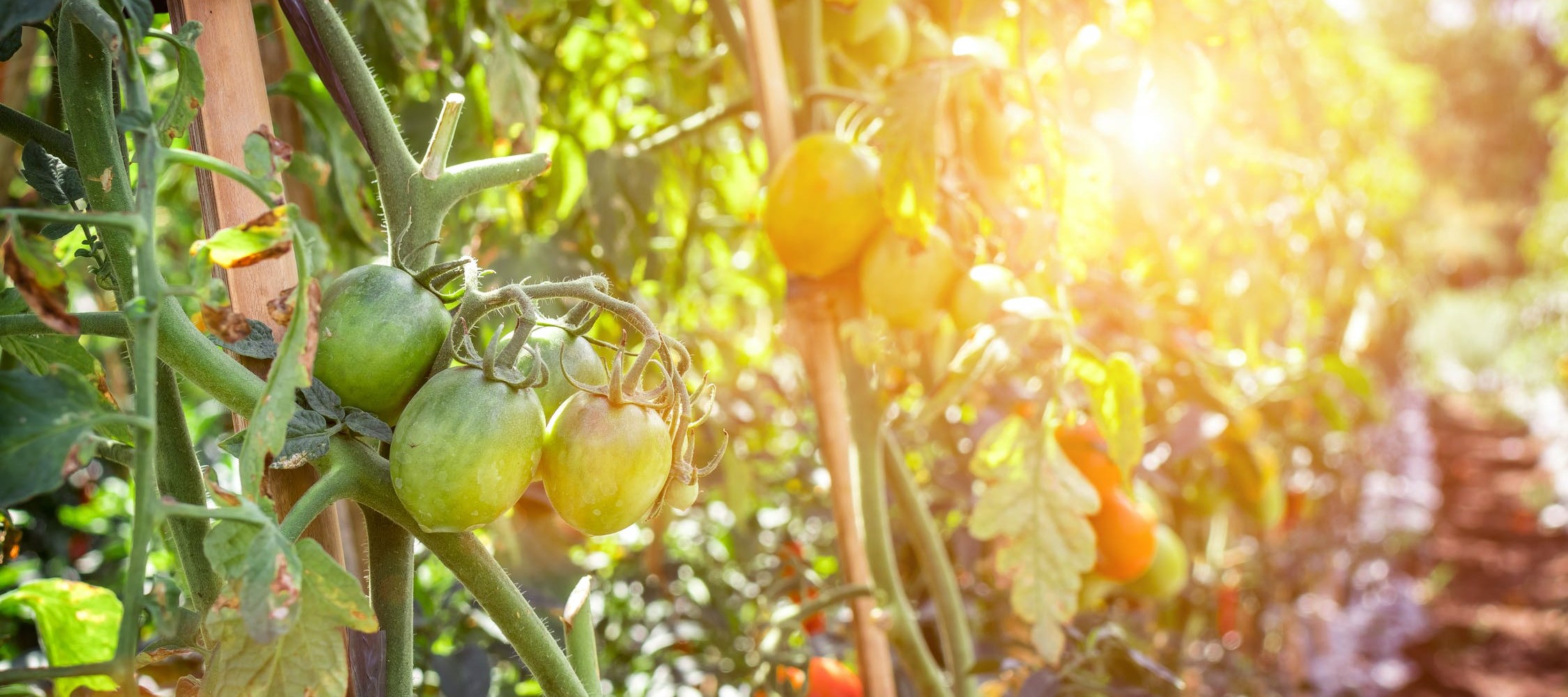
7. Go zero-waste indoors, too
Whether you don’t have access to outdoor space, or you’re growing plants inside as well, don’t forget about reusing and upcycling indoor items, too. Window boxes can be used year after year, so avoid buying new ones for this Spring’s crop. Also, be sure to check seed packs and ask around to ensure your plants and produce will be happy indoors. It would be a shame to waste seeds and packaging if the plants aren’t suitable for indoor growing!
